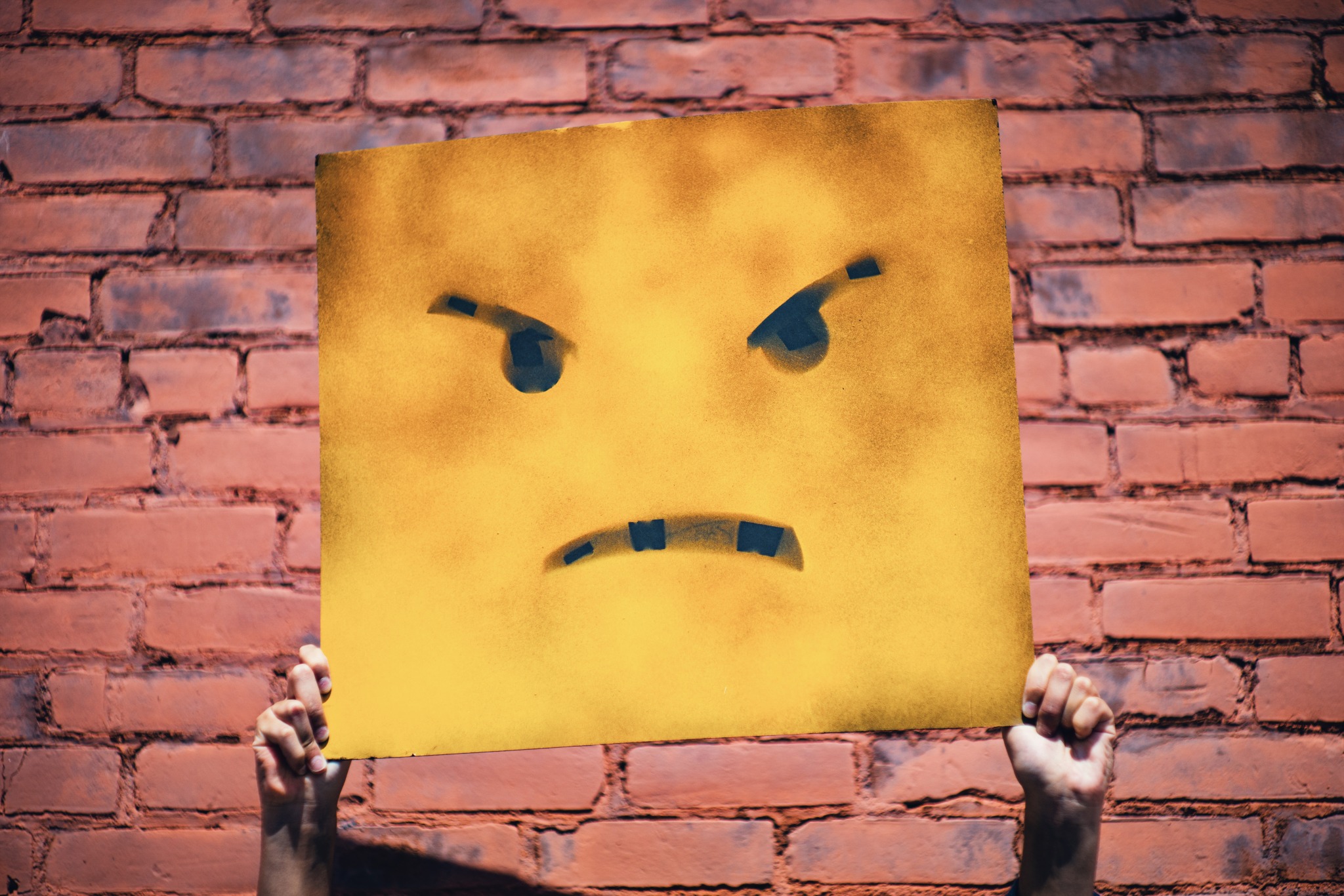Rule 112
The Highway Code
The horn. Use only while your vehicle is moving and you need to warn other road users of your presence. Never sound your horn aggressively.
Sadly, most drivers use the horn for the one thing that this specifically says it should't be used for (i.e. to express aggression). As a result, when it's used properly most people now assume otherwise. And this was brought home to me last year.
It was 2 days after Christmas and we'd visited my in-laws in Royal Leamington Spa. It was a cold day, had snowed the previous night and, whilst we were there, it lightly rained. As a result, the roads iced. Upon leaving, around 6pm, I came to the first mini roundabout, applied my brakes and, well, I didn't stop – I hit ice and continued towards the roundabout. Somebody was coming across and there was a real danger I was going to hit him. With the split-second I had, I communicated by sounding my horn, to make him aware of my presence, particularly the fact that I was already sliding onto the roundabout towards him. I tried gesticulating too but it's hard to adequately sign 'I'm not stopping – get out of the way'. Anyway, he just assumed I was being aggressive. Luckily, I managed to avoid him but that didn't prevent him from stopping and making angry gestures towards me – and his anger was simply because I'd sounded my horn as I don't believe he was even aware that I'd had any issues stopping.
In this case, apart from his outburst, all was good but the reality was that rather than realise what I was communicating and get out of my way, he slowed down to gesture at me, actually putting himself in a worse position.
But is there a solution? As long as people user both their lights and horn as angry gestures, people are going to assume that's what this means, and I can't see that stopping any time soon.

Talk to me!